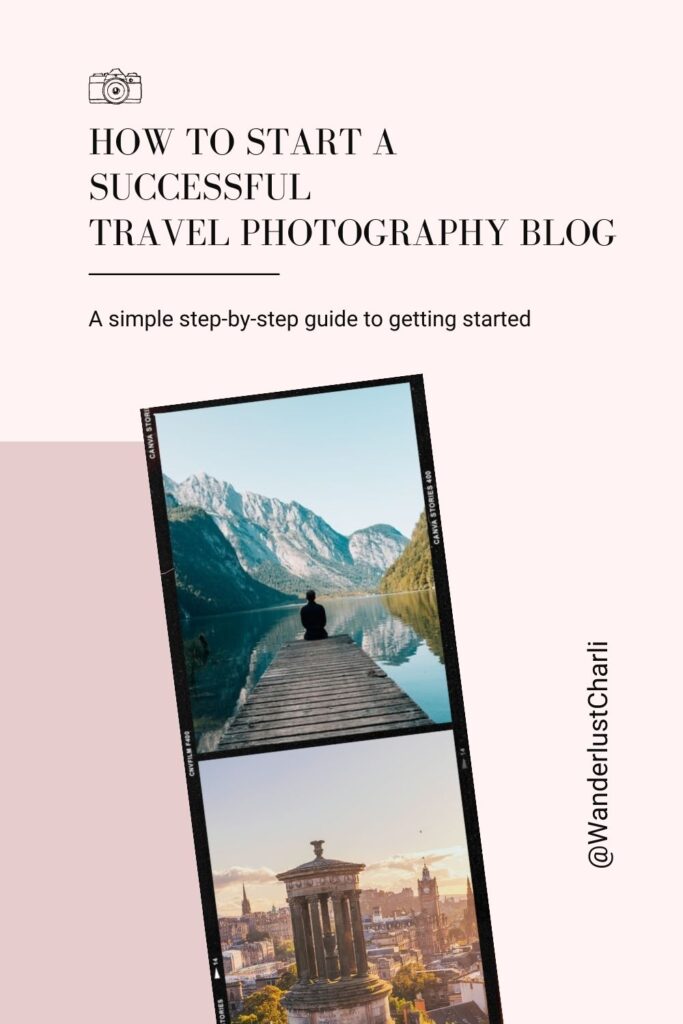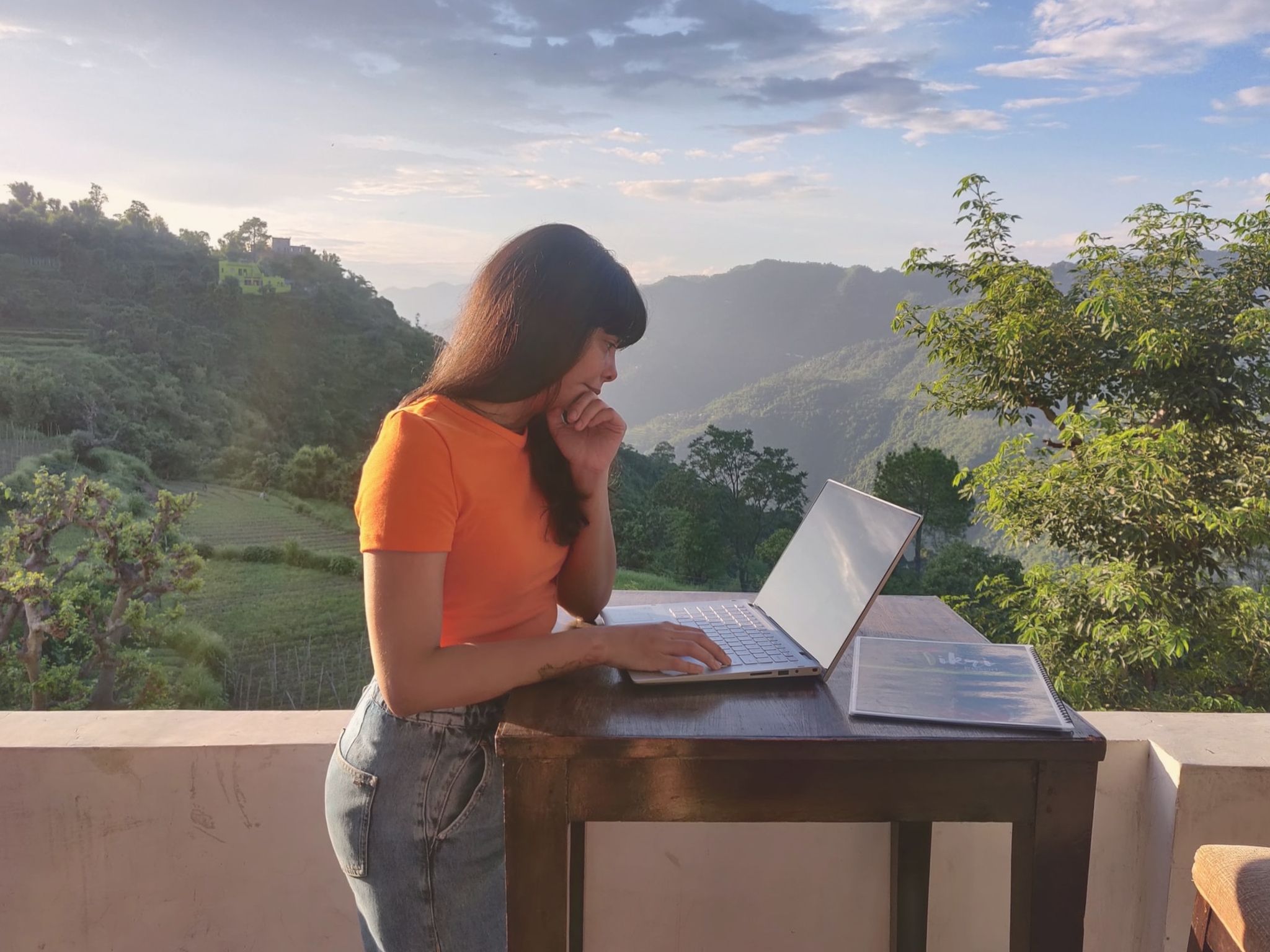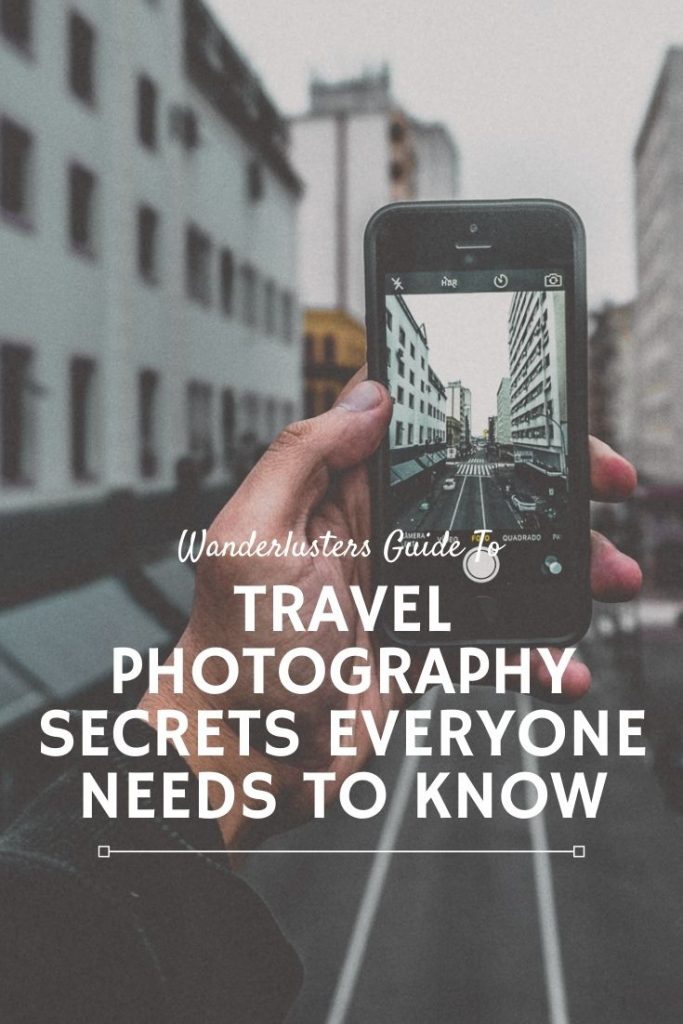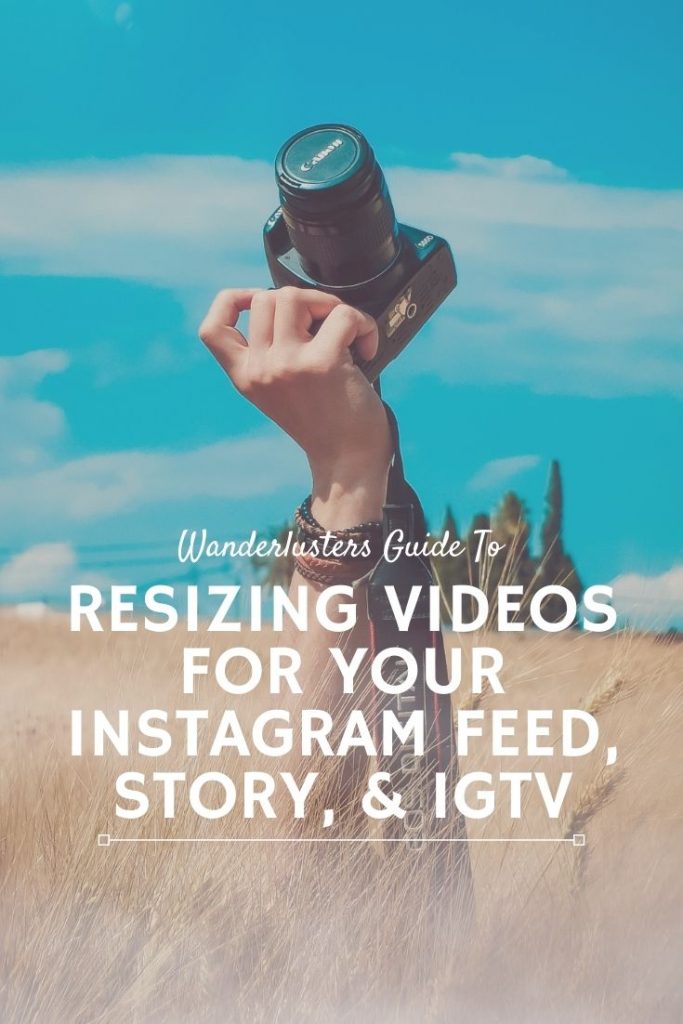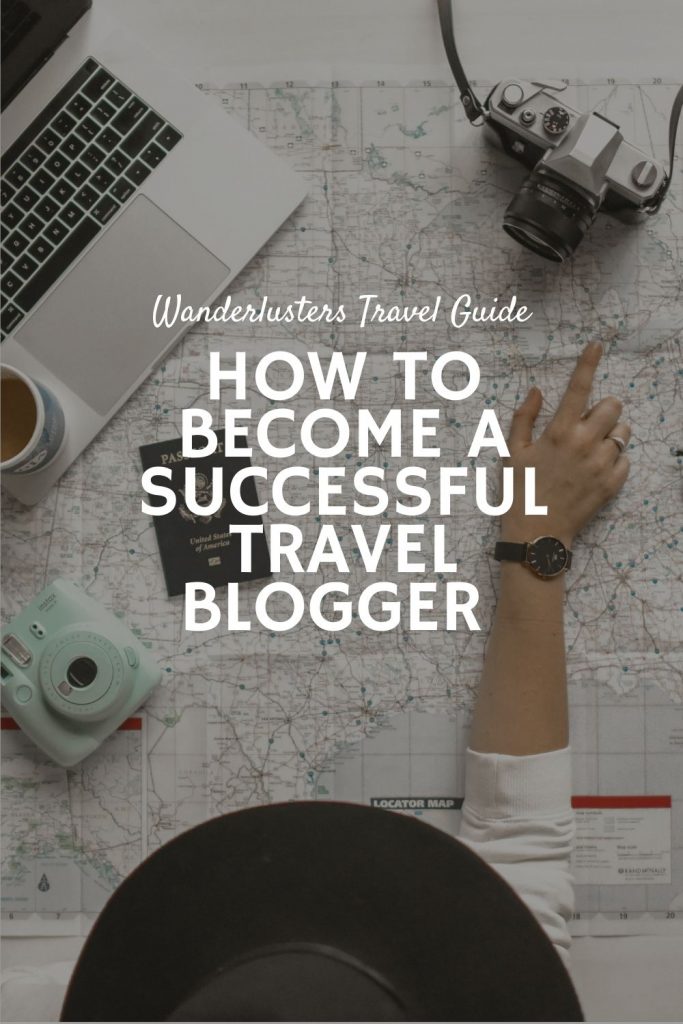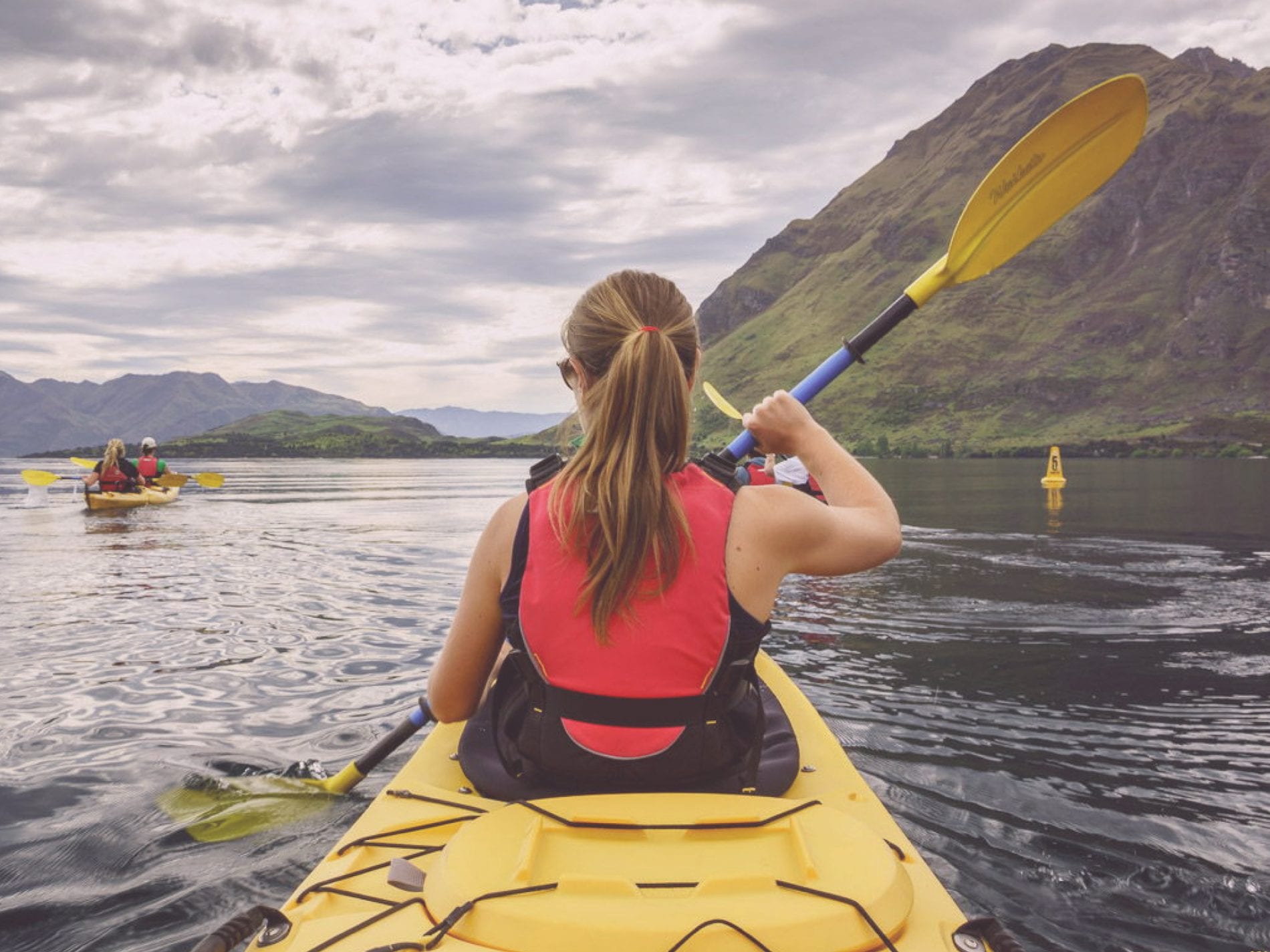If you’re fed up with posting to Instagram and want a more dynamic way of sharing your favourite travel photographs, start a travel photography blog.
Thanks to out-of-the-box web platforms like WordPress and Squarespace, creating anything from a simple photography portfolio, to complex blogs, and even e-commerce websites is realtaively simple.
In this guide, I’ll walk you through some things to consider before you get going,
Step 1: Define who you’re creating the blog for. Who will read it and want to return regularly for updates?
Your first consideration should be who you’re going to be speaking to when you’re writing your blog and sharing your travel photography. Are you speaking to professional or amateur photographs? Frequent travellers or once-a-year holidaymakers.
When you know who’s going to read your blog you can establish a tone of voice and brand aesthetic.
Step 2: Get your travel blog online
Choose a memorable name
Choose a creative and intriguing name that will make your blog stand out from the crowd. Keep it fairly short and easy to remember and keep in mind that you’ll need to check whether the associated domain is available.
If you’re short on inspiration try typing travel-related words into a creative business name generator like this one.
Set up your domain and hosting
- A domain name that aligns with your blog name – this costs around £10 per year.
- Web hosting – this costs around £15 per month (but you can get a discount if you pay for a year upfront).
- The WordPress software – this is free.
- A theme – this controls how your blog looks. You can find lots of free themes. If you do want a premium theme, they usually cost about £60.
- Plugins – these add features to your blog. You can find 55,000+ free plugins, so it’s possible to pay zero. However, you are liekly to want to use some premium plugins, which vary in cost.
There are lots of different domain and hosting providers well-equipped to keep your travel photography blog online. Companies like GoDaddy and Wix offer hosted and managed packages that leave you free to focus on design and content. If you’ve never set up a website before, take a look at an intuitive content builder like Squarespace.
Connecting Your Google Analytics
Google Analytics reports on the activity of users to your website and it can help you to track where your traffic is coming from, and how they are navigating through and using the content on your site.
If you’re planning to monetise your blog Google Analytics is essential. You can find a simple how-to guide to get started here.
READ MORE PHOTOGRAPHY BLOGGING GUIDES FROM WANDERLUSTERS
Step 3: Customise your site
Branding + WordPress Themes
If you’re planning to use WordPress to design your blog you’ll need to find a mobile responsive theme that best showcases your photography. Themes cost anywhere between £15 and £150 depending on the functionality you want from your site, but for a simple portfolio theme with an integrated blog, you can expect to pay around £35.
Logo + Design
Building a beautiful and stylish website with relatable branding is the key to success. It is especially important when you have a photography blog. If you’ve never made a logo before you could use Etsy to find a logo designer whose designs appeal to you or try your hand at creating your own using free software like Canva.
READ MORE BLOGGING GUIDES FROM WANDERLUSTERS
Step 4: Start Creating Content
Set Up Your Main Pages
Before you jump in and start sharing your travel photography you’ll need to set up a site structure. This structure defines your main menu and enables your blog visitors to navigate the content on your site. It’s important to give this due time and consideration because your website structure can affect how successfully it ranks in Google’s organic search.
You can read more about best practices for setting up site structure here.
Learn SEO Basics
According to Wikipedia SEO is “the process of affecting the visibility of a website or a web page in a search engine’s unpaid results”. In short, it’s how you get your website to rank in a google search without paying to get it there.
The core elements of SEO are: On-Page SEO and Off-Page SEO.
On-page SEO is about building your own content to improve your rankings. You can do this by writing quality content that contains the keywords your audience are likely to search for, writing high-quality content regularly, among other things
Off-page SEO is the optimization things happening outside of your website itself, such as earning backlinks.
Read more about getting your blog content to rank here.
Promote your posts with engaging social content
One of the best ways to get traffic to your blog is to regularly share your content on social media. For photography blogs, platforms like Instagram and TikTok offer the best return on time investment and are well suited to sharing visual content.
Use scheduling software like Later to set up your posts in advance and manage replies to the things that you share.
INSPIRED? PIN THIS TO YOUR BLOGGING TIPS PINTEREST BOARD RIGHT NOW!
